
Updated May 23, 2025
- Getting diagnosed with type 2 diabetes is not your fault – it’s a complicated condition with complex causes involving an interplay of genetic, lifestyle, socioeconomic, and cultural factors.
- A type 2 diabetes diagnosis can feel overwhelming, but the tools and resources for diabetes management have improved significantly in recent years, allowing people to live long, healthy lives.
- Thanks to advances in medicine and technology, serious complications are largely preventable with proper therapies, regular check-ups, and attention to key health markers like blood sugar, blood pressure, and cholesterol.
Reading Time: 6 minutes
A type 2 diabetes diagnosis can feel like a punch to the gut. It’s common to feel disbelief – many people initially think it must be a mistake and hope another test will bring different results. This is a natural response to the shock of receiving the news. Unfortunately, your diagnosis is likely real and diabetes is here to stay.
But take a deep breath. While it might feel overwhelming, diabetes management has come a long way in the last 10-15 years. This isn’t the diabetes of 1952! A long, healthy, happy life is absolutely within your reach.
Here are 10 important things to keep in mind as you learn how to manage your condition.
1. Diabetes is Not Your Fault

Don’t blame yourself for a type 2 diabetes diagnosis, and don’t let anyone else blame you either! It is not caused by laziness or a lack of willpower. Eating sweets didn’t do it. Type 2 diabetes is a genetic disease with a complex cause.
Certain ethnic and racial groups exhibit a higher prevalence of type 2 diabetes compared to others. The increased risk is often a complex interplay of genetic, lifestyle, socioeconomic, and cultural factors.
Some populations consistently shown to be at higher risk include:
- American Indians and Alaska Natives
- Non-Hispanic Black adults
- Hispanic/Latino adults
- Asian Americans
- Pacific Islanders
Your genes and the environment are the major culprits, but that doesn’t mean you are now helpless to protect your health. So read on!
2. Ignoring Diabetes Won’t Make it Go Away

Many people ask, “What does diabetes feel like?” You can’t always feel blood sugars when they are high, so you may think you don’t need to worry about it. But diabetes ignored and left unmanaged can cause damage to your body.
Yes, odds are good that you can live a long, healthy life with diabetes, but only if you are working to control it now, not sometime later. So see your doctor regularly, take all of your medications, stay active, and learn more about the foods you eat. For your health, get involved in your own diabetes management and care.
3. The Good News Is, This Isn’t Your Grandmother’s Diabetes
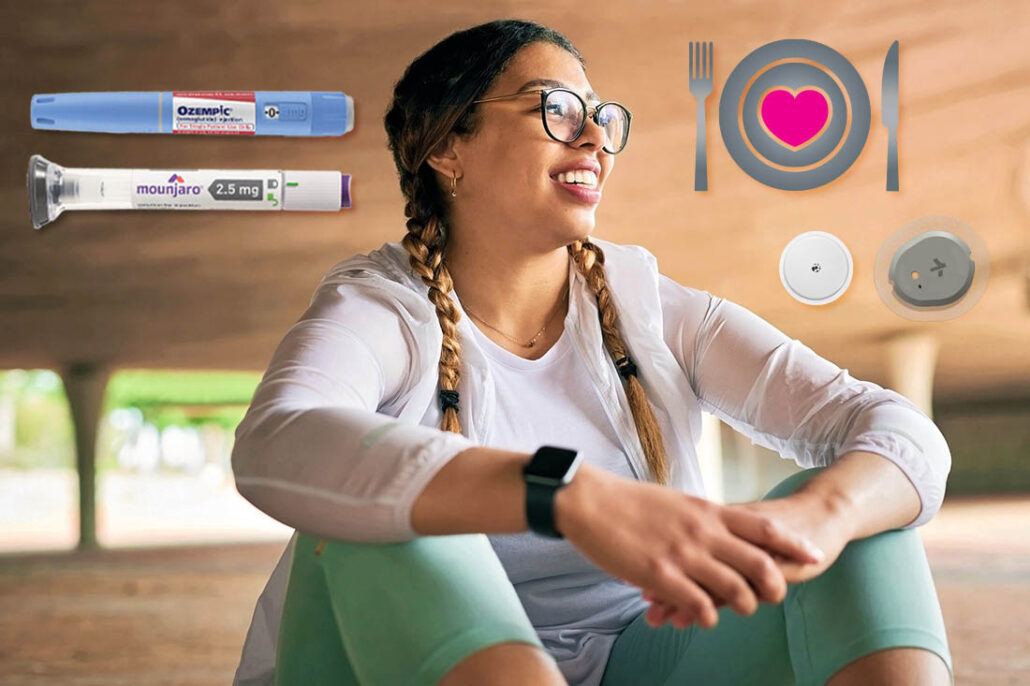
With 21st century technology and care, we now know you can live a long and healthy life with diabetes. A type 2 diabetes diagnosis is NOT a death sentence. Terrible outcomes like blindness, amputations, and kidney problems are largely preventable.
Thanks to modern medicine, people developing diabetes today have an excellent chance of living healthy lives free from serious complications. With good care and attention, you can be one of those people.
4. Show Some Love to Your Heart

Heart disease is a major concern for people with diabetes because they are twice as likely to have heart disease than people without diabetes. However, there are steps you can take to lower your risk for heart problems with diabetes.
According to scientific studies, the most important areas to address are smoking, blood pressure, cholesterol, A1c, and fitness. Talk to your doctor about your risk and what you can do to lower it.
5. Knowing Your Numbers Should be Your First Step
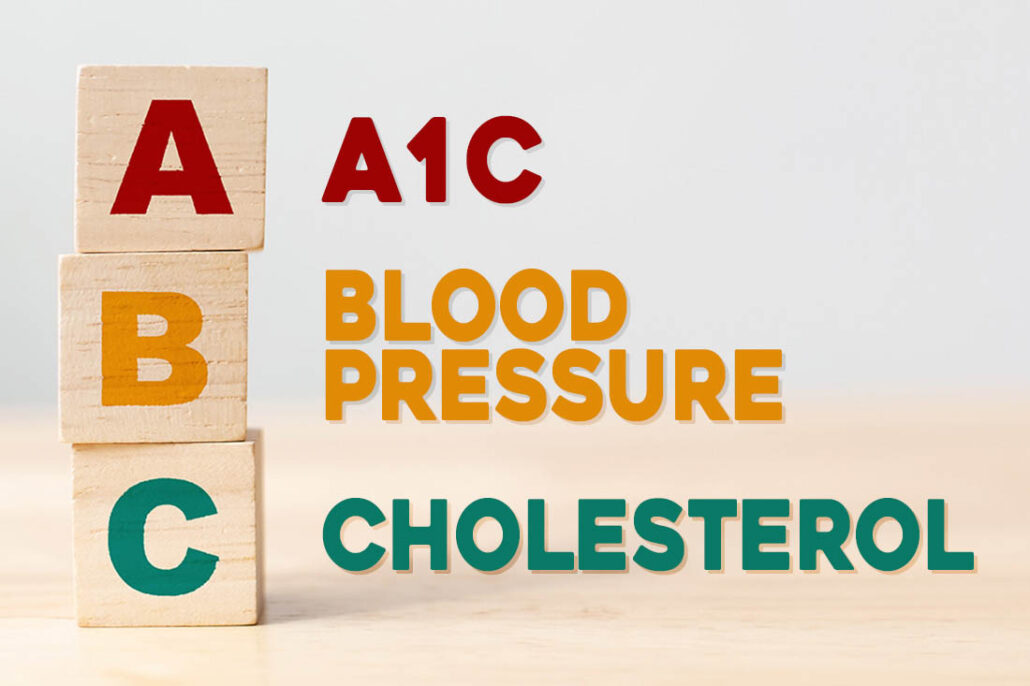
For diabetes management, there are so many things you will be advised to do and change. No wonder it can feel so overwhelming.
You can’t do everything at once, so where should you start? Begin by making sure the critical diabetes tests are being done and that you, not just your doctor, know the results.
After all, you can’t know what to do differently if you don’t first know how you’re doing. At the very least, find out about your blood pressure, cholesterol, and A1c numbers. You need to know what your numbers mean and what you and your doctor can do to get, or keep, those numbers in a safe range.
Check out the videos below for more information:
- What Should My Target Blood Pressure Be?
- What’s an A1c and Why Is It Important?
- What the Heck is a Lipid Panel?
Goals for each test will vary for everyone individually and will depend on your current health and your health history, so be sure to discuss your results and your personal goals with your healthcare provider.
6. Get on a Diabetes Warranty Program
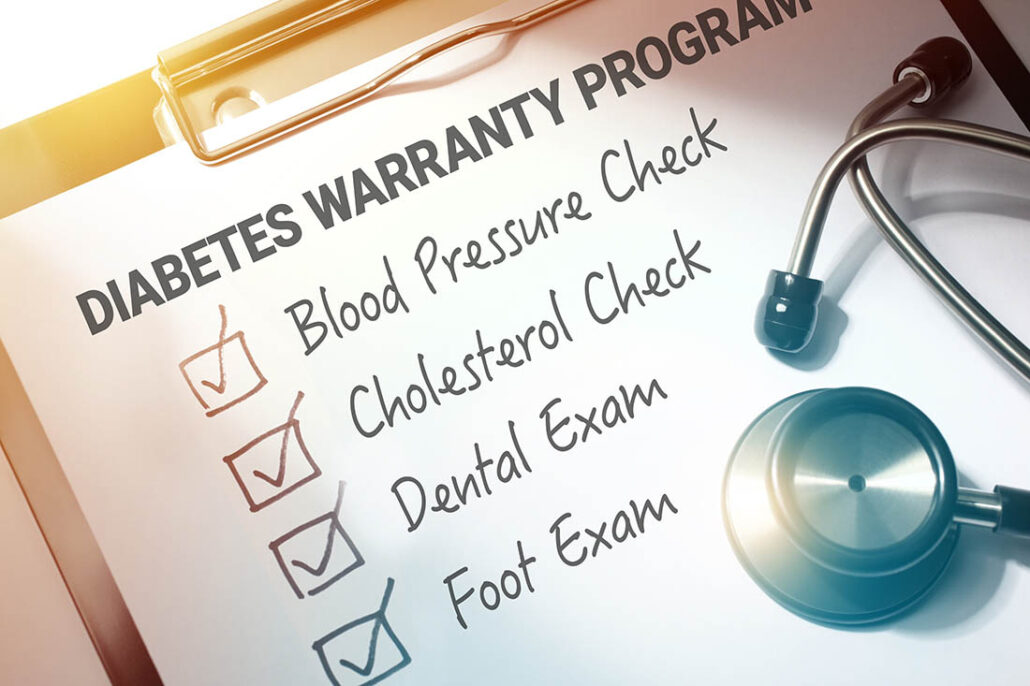
Just like you take your car in for regular tune-ups, we recommend you include the following as part of your regular diabetes health maintenance program:
- Have an A1c test at least twice a year to measure your average blood sugar levels over the previous 2-3 months. The A1c goal for most diabetics is less than 7%, but talk to your doctor because individual diabetes management goals can vary.
- Get a yearly dilated eye exam from an eye specialist who is knowledgeable about diabetic eye disease.
- Get a yearly kidney function test.
- Keep a close eye on your feet, especially if you have diabetic neuropathy or a lack of sensation, and have your provider inspect them at least once a year (more if you have neuropathy).
- Have your blood pressure checked every time you see your provider, and your cholesterol checked annually (more frequently if your levels are high).
- See your dentist twice per year for regular cleanings and prevent tooth and gum disease by brushing and flossing every day, not just one week before you go to the dentist!
7. No, You Won’t Be Limited to Eating Nuts, Twigs, and Birdseed!
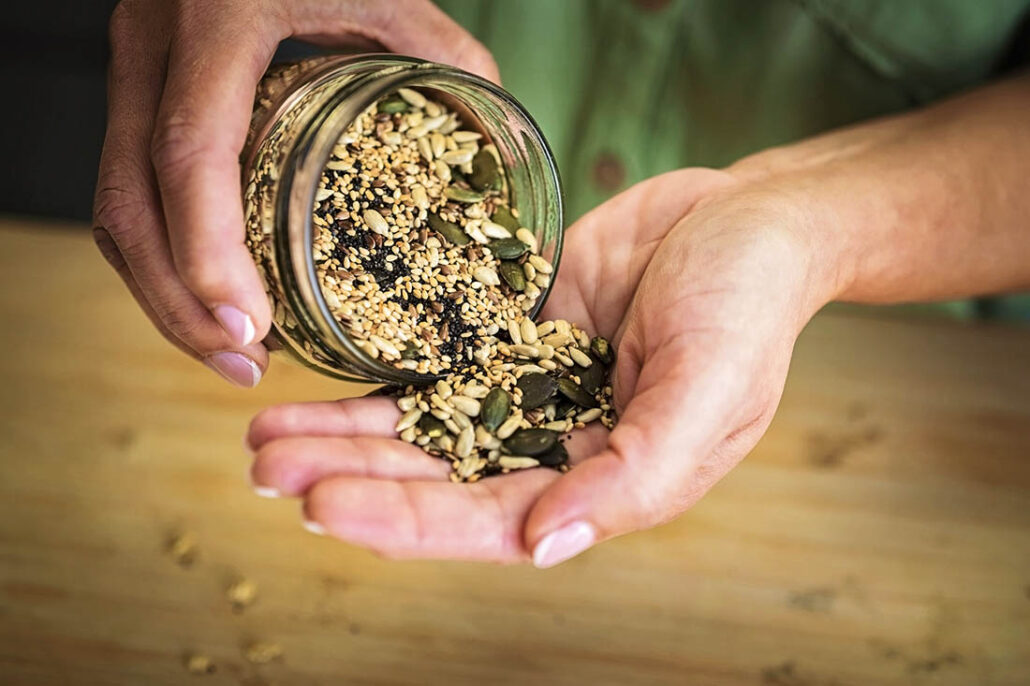
You can still eat your favorite foods, just not all at once. Boring diabetic diets are no longer necessary, and there is no need to deprive yourself. However, attention to the size of your meals is critical.
You will also need to learn more about the contents of the food you typically eat (carbs, fat, and calories), which foods you should eat more or less of, and how those foods affect your blood glucose and overall health.
8. Not Taking Your Prescribed Medications Is a Dangerous Thing to Do

From the first day of a type 2 diabetes diagnosis, most people require medications to keep diabetes in check and maintain good health. Many people worry that taking medications might be bad for their health as well as too costly.
Yes, there are diabetes medications that have negative side effects, but these are typically outweighed by the positive benefits to your long-term health. To stay healthy, your goal shouldn’t be to take fewer medications, but to make sure your numbers (A1c, blood pressure, and cholesterol) are in a safe range. Talk about the pros and cons of medications with your doctor. Then you can make an informed decision.
9. Focus on Developing a Healthier Lifestyle, Not Weight Loss

Increasing your fitness and choosing healthier foods (for example, more fruits and vegetables, smaller portions, and less saturated fats) will have a bigger impact on your diabetes and heart health than losing weight.
This is good news, since weight loss can be frustrating and difficult. Of course, exercising more and making smarter food choices may lead to a lower weight over time. But keep the focus on improving your health, not just improving your weight.
10. Don’t Do Diabetes Alone

Life with diabetes is just easier when you have people in your life cheering you on. Good diabetes management takes attention and effort, and you may at times feel overwhelmed, discouraged, isolated, or even burned out. Your motivation can be sapped by the stresses of daily life or even problems with depression, which are common in people with diabetes.
To protect yourself, make sure you identify at least one person in your life who will support you and your diabetes management efforts. It could be anyone: a family member, good friend, trusted healthcare professional, or support group.
Also, find a doctor you really trust, can be honest with, and feel is on your side. Living well with diabetes is always easier when someone you like and respect is cheering for you.
Frequently Asked Questions
Did I cause my diabetes?
No. Type 2 diabetes is caused by a combination of genetics and lifestyle factors. While things like diet, weight, and activity level can play a role, you did not “cause” your diabetes. Blame and shame have no place in your care and diabetes management—focus on moving forward.
Can I reverse type 2 diabetes?
In some cases, it’s possible to put type 2 diabetes into remission – especially with weight loss, increased physical activity, and dietary changes. However, “remission” doesn’t mean it’s gone for good; ongoing attention to your health will always be important.
Do I have to give up all carbs and sugar?
No! You can still enjoy carbohydrates and occasional sweets in moderation. The key is portion control, meal timing, and understanding how different foods affect your blood sugar. A dietitian or diabetes educator can help you with your nutrition goals and meal planning.
Will I have to take insulin?
Not necessarily. Many people manage type 2 diabetes with lifestyle changes, oral medications, and/or non-insulin injectables. Insulin may be needed at some point, but it’s not inevitable—and it’s not a sign of failure. It’s simply another tool to help keep your blood sugar in a safe range.
The Takeaway
A type 2 diabetes diagnosis can feel overwhelming, but it doesn’t define you, and it certainly doesn’t mean your best days are behind you. With the right knowledge, support, and tools, you can take control of your health and thrive.
Millions of people are living well with diabetes, and you can too. Take things one step at a time, lean on your support network, educate yourself about your condition, and stay connected to the TCOYD community for the latest research updates and treatment therapies.
Explore our online video vault, our extensive resource library, our YouTube channel, or our social media pages for other tips on living well with diabetes.
Adapted with permission from The Behavioral Diabetes Institute.
Additional Resources:
- The Science of Type 2 Diabetes
- TCOYD Podcast #8 – Top Tips from Endos for People with Type 2
- Medications and Other Treatment Options to Reduce Complications from Type 2 Diabetes
- Continuous Glucose Monitoring for Type 2s: An Incredible Tool to Take Control of Your Diabetes
- Can Type 2 Diabetes Be Reversed?
- The Top Five Emotional Obstacles in Controlling Diabetes
- TCOYD Podcast #11: The Diabetes Warranty Program
- Show Some Love to Your Heart: Tips on Preventing Heart Disease

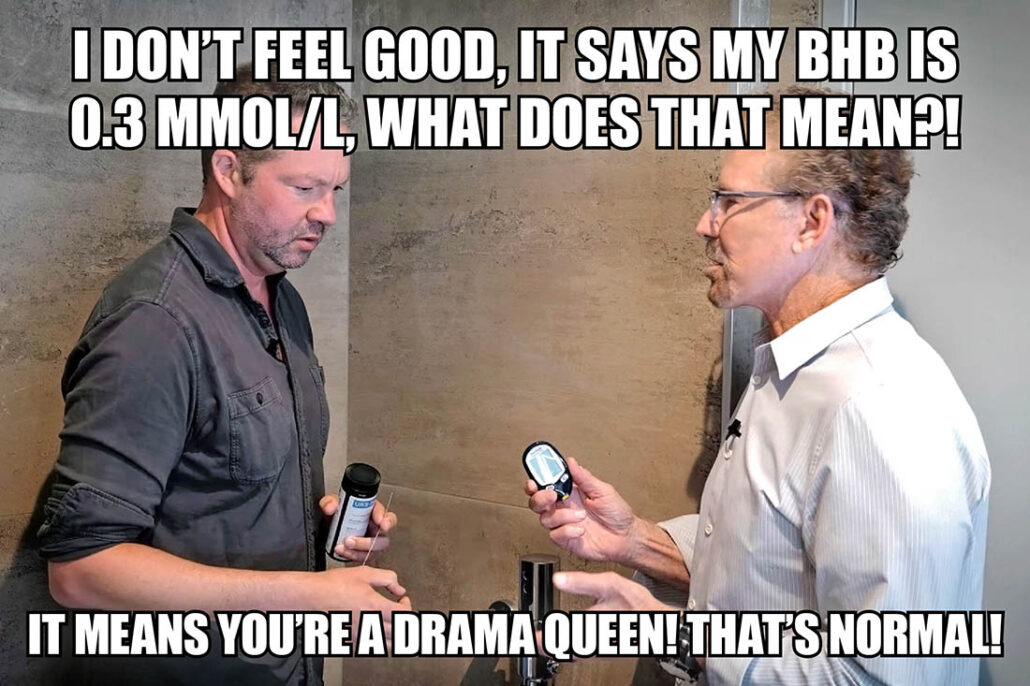
Sounds like a gooo idea for me.to get better educated !
We’ve got a lot of great info on our website, but if there’s anything in particular you have a question on, just let us know!